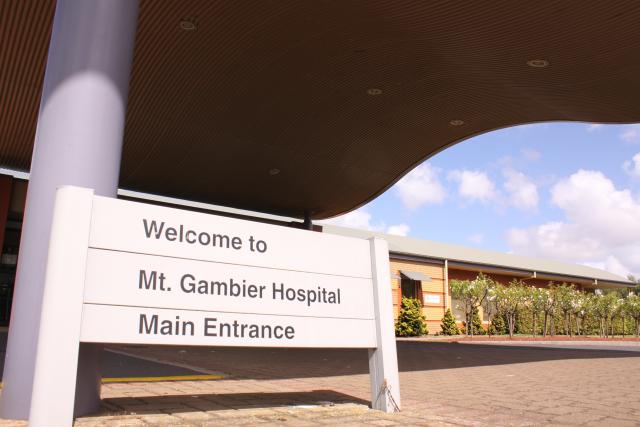
Aidan Curtis
MORE medical school placements could help address the area’s reliance on locum doctors, according to two medical associations.
Both Regional Medical Specialists Association (RMSA) and Rural Doctors Association of South Australia (RDASA) have highlighted the need for more medical students in the regions.
In a statement, RMSA said they had seen a report saying locum specialists were getting paid up to $3500 per day, which showed a critical “maldistribution” of doctors in regional Australia.
“Rural hospitals have enough trouble managing their budgets, with much less flexibility than metropolitan hospitals,” the statement said.
“Now the marketplace, starved of medical specialists prepared to work outside all the metropolitan areas, is placing even further pressures on rural hospital finances.”
RMSA president Peter Hughes said overusing locums could be detrimental to health networks in some cases, with other steps needing to be taken.
“Sometimes they use locums to the extent that it’s a disincentive for people to set up permanently and live in the area,” Dr Hughes said.
“As far as specialists are concerned, the view of our Association is big steps should be taken to encourage more people to set up and live, and practice, in regional areas.
“This goes back to medical student places.”
Dr Hughes said medical school students are more likely to stay in regional areas if they are placed there during their education, so more regional training could be vital in combatting shortages.
“There are placements in rural medical schools for students, of course, but we feel there should be a much greater proportion of places,” he said.
“Students will go wherever the places are, we have no trouble filling the places, and whether they come from metropolitan or the country doesn’t matter.
“Then there’s a better chance of them practising either as general practitioners or specialists.”
RDASA president Peter Rischbieth said the ideal is to have a stable workforce that can teach and train new doctors that could fill in the gaps when necessary, but that only happens if enough are “in the system”.
“The system is now leaking those doctors or not able to attract those people to maintain that important role of teaching and training,” Dr Rischbieth said.
“We need to give them rural experience, we need to show them they have the skills and the confidence to practise in a rural area and not be just in the four walls of the Royal Adelaide Hospital.”
Dr Rischbieth said staff shortages everywhere as a result of the pandemic make it hard to train new doctors in places like Mount Gambier.
“The whole workforce is on a very delicate balancing act of having enough versus closure,” he said.
“The locums who are there to fill gaps are now looked upon as not just the rescue workforce, but the only workforce.
“Mount Gambier and some other bigger towns … have got the capacity to teach and train our junior doctor workforce, but only if they’ve got enough themselves to fill their own rosters.”
The Limestone Coast Local Health Network (LCLHN) was unable to comment on how much locum doctors are being paid, nor how much of its workforce is currently made up of locums.
“Locum doctors provide support to the Limestone Coast Local Health Network where appropriate to help us meet service demand,” LCLHN said in a statement.
“We continue to explore ways to incentivise, attract and recruit trainee medical officers to positions across our rural medical workforce to continue to provide the best possible care and services for our patients and the community.”







